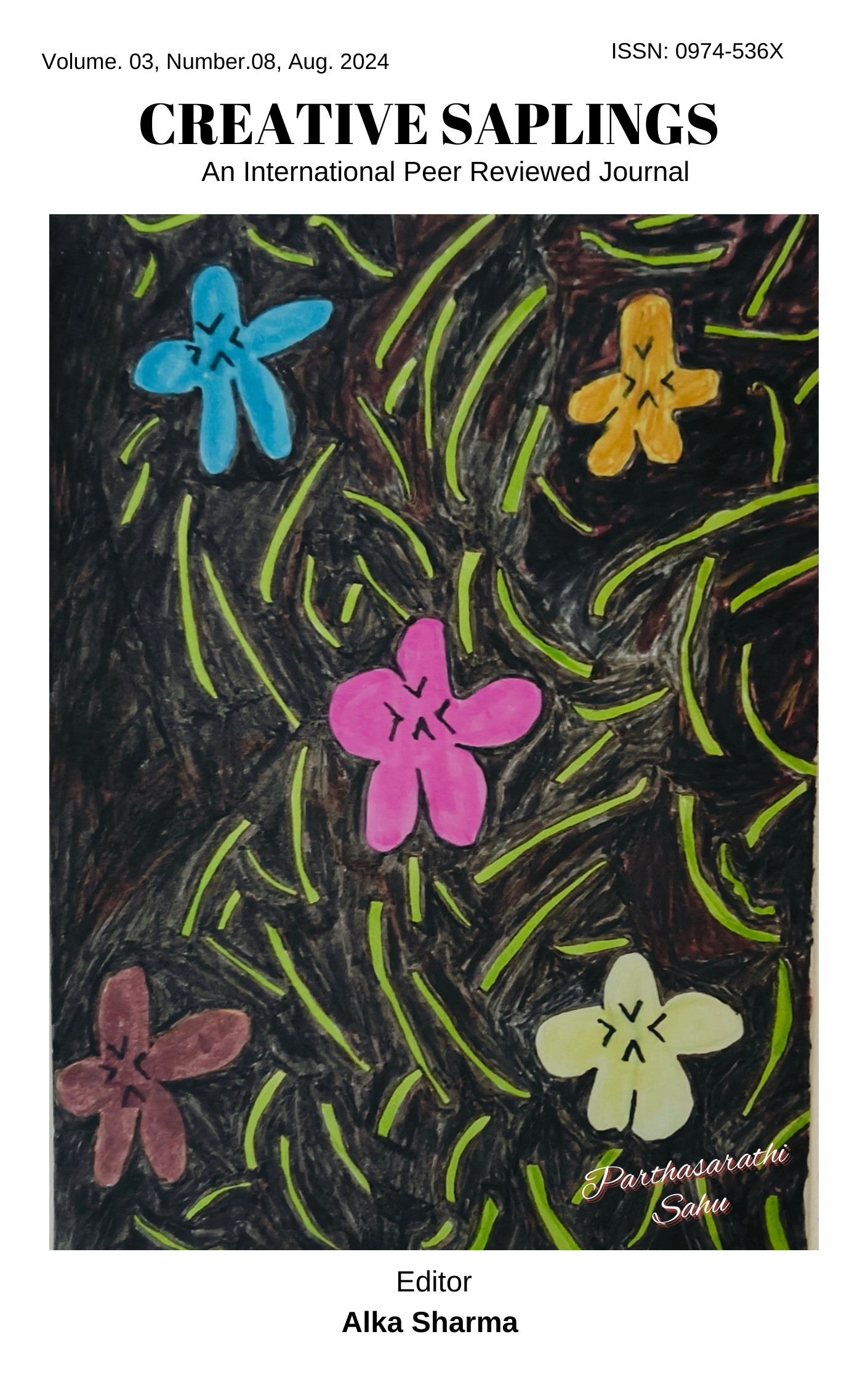Gender, Culture and Countering Narrative: The Fiction of Arupa Patangia Kalita
DOI:
https://doi.org/10.56062/gtrs.2024.3.8.674Keywords:
Society. Culture. Dominant. Marginality. Gendered. Women. Feminist. Intervention. Plurality. Polyphonic. Colonial modernity.Abstract
Raymond Williams states that towards the last decades of the eighteenth century and the first half of the nineteenth century, certain words gained currency in the English language and one of them was “culture.” Williams goes on to explain that during this time, the meaning of the word accrued certain changes and began to mean ‘“a general state or habit of the mind,” having close relations with the idea of human perfection,’ “the general state of intellectual development,” of a society as a whole, “the general body of arts,” and finally as a “whole way of life, material, intellectual, and spiritual.” Thus, the materiality of culture, its close relationship with literature, society, politics, history was established. In a paper titled “Gender, Culture and Countering Narrative: The Fiction of Arupa Patangia Kalita,” one seeks to examine Kalita’s novels titled Dawn and The Story of Felanee, along with some of her short stories to demonstrate how Kalita’s fiction complicates one’s understanding of Assamese history, society and culture. The paper will explore how the viewpoint of marginality put forth by Kalita’s stories and choice of protagonists challenge a homogenous construct of Assamese society and illustrate its polyphonic voices. The paper will endeavour to study how characters who occupy marginal and interstitial spaces challenge and reshape one’s understanding of dominant history, politics and culture of Assam. The fiction chosen for perusal will thus offer not just a gendered perspective on Assamese society and therefore a critique of a patriarchal viewpoint, but also make an intervention in terms of foregrounding perspectives arising out of one’s ethnicity or community. The paper will thus hope to establish that Kalita’s fiction by focusing on the continuities as well as the discontinuities of Assamese society succeeds in capturing the divergent and polyphonic voices and concerns of the people who come to be known as the Assamese.
Downloads
References
Chatterjee, Partha. The Nation and its Fragments: Colonial and Postcolonial Histories. New Delhi: Oxford University Press, 1993.
Choudhury, Samrat. Northeast India: A Political History. Harper Collin India, 2023.
Dollimore, Jonathan and Alan Sinfield: “Shakespeare, Cultural Materialism and The New Historicism.” Cultural Studies: Approaches in Literary Theory, edited by Nilanjana Gupta. Worldview Publications, 2004, pp 258 - 280.
Gandhi, Mohandas Karamchand. Hind Swaraj or Indian Home Rule. Navjivan Publishing House, 1938.
Hazarika, Sanjoy. Strangers of the Mist: Tales of War and Peace from India’s Northeast. Penguin Books, 2011.
Kalita, Arupa Patangia. The Story of Felanee. Translated by Deepika Phukan, Zubaan Books, 2011.
… The Loneliness of Hira Barua. Translated by Ranjita Biswas, Macmillan, 2020.
…. The Musk and Other Stories. Niyogi Books, 2017.
…. Written in Tears. Translated by Ranjita Biswas, Harper Perennial, 2019.
Misra, Tilottoma. Literature and Society in Assam. Bhabani Books, 2019.
Sarkar, Sumit. Beyond Nationalist Frames: Relocating Postmodernism, Hindutva, History. Permanent Black, 2010.
Sarkar, Tanika. “Many Faces of Love: Country, Woman and God in The Home and the World.” Rabindranath Tagore’s The Home and the World: A Critical Companion, edited by P K Datta. Permanent Black, 2003. Pp 1 – 26.
Tagore, Rabindranath. “Nationalism in Japan.” in Modern Indian Thought, edited by Anand Prakash. Worldview Publications, 2006, pp 26 – 52.
Williams, Raymond. Keywords: A Vocabulary of Culture and Society. Oxford University Press, 1983.
Downloads
Published
Issue
Section
License

This work is licensed under a Creative Commons Attribution-NonCommercial-NoDerivatives 4.0 International License.






